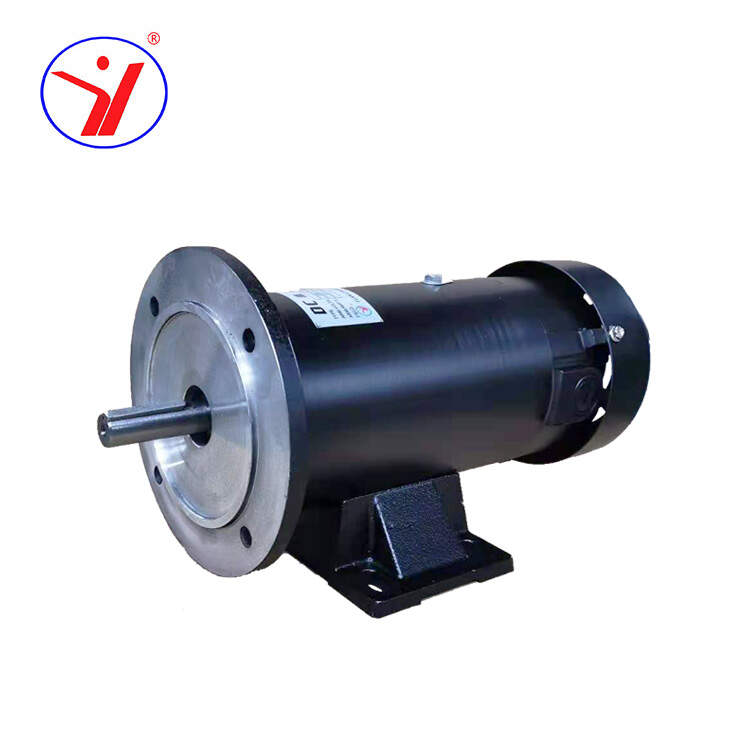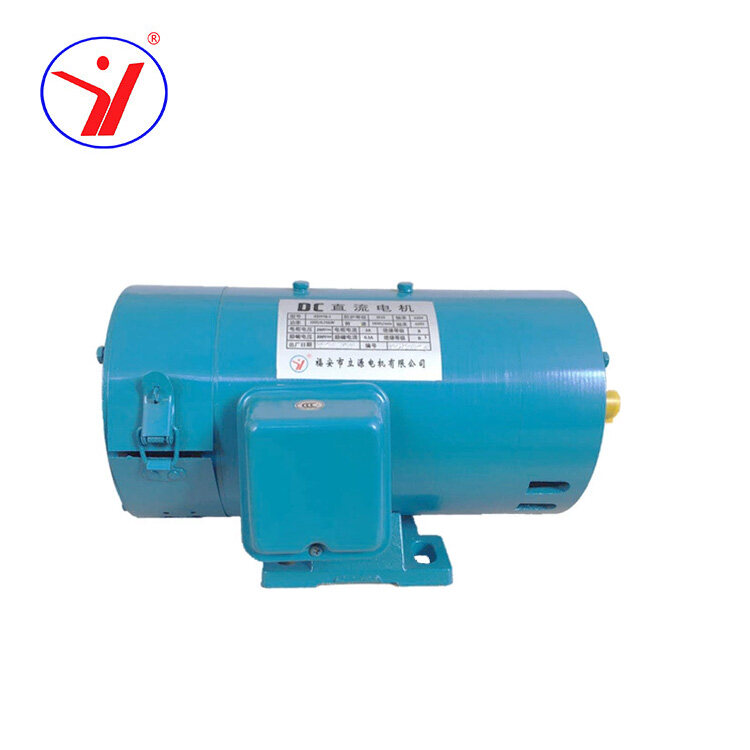Unveiling the Differences Between Brushed and Brushless DC Motors
DC motors, also known as direct current motors, are essential components in various industries, powering a wide range of applications. Within the realm of DC motors, two primary types exist: brushed DC motors and brushless DC motors. In this blog, we will explore the key distinctions between these two motor technologies, shedding light on their operation, advantages, and applications. Let's delve into the world of DC motors and uncover the nuances of brushed and brushless designs.
I. Understanding Brushed DC Motors:
1. Working Principle:
- Brushed DC motors rely on brushes and a commutator to create mechanical motion.
- The commutator reverses the direction of current flow in the motor's coils, generating a rotational magnetic field.
2. Advantages of Brushed DC Motors:
- Simplicity and Cost-Effectiveness: Brushed motors have a straightforward design, making them more affordable to manufacture and maintain.
- High Starting Torque: They provide instant torque, making them suitable for applications requiring quick acceleration.
3. Applications:
- Consumer Electronics: Brushed motors are commonly found in small appliances, toys, and power tools.
- Automotive: They can be utilized in windshield wipers, seat adjusters, and HVAC systems.
- Industrial: Applications include conveyor systems, robotic arms, and small pumps.
II. Unleashing the Power of Brushless DC Motors:
1. Operation:
- Brushless DC motors employ electronic commutation, eliminating the need for brushes and a commutator.
- Hall effect sensors or encoder feedback provide precise rotor position information for efficient motor control.
2. Advantages of Brushless DC Motors:
- Enhanced Efficiency and Performance: Brushless motors reduce energy losses due to the absence of brushes, resulting in higher efficiency and improved speed control.
- Longer Lifespan: The elimination of brushes reduces wear and tear, contributing to increased motor lifespan.
- Reduced Electromagnetic Interference: Brushless motors produce less electrical noise, making them suitable for applications sensitive to electromagnetic interference.
3. Applications:
- Electric Vehicles: Brushless motors power electric cars, providing high efficiency and regenerative braking capabilities.
- Industrial Automation: They are used in robotics, CNC machines, and high-precision positioning systems.
- HVAC Systems: Brushless motors drive fans and pumps in heating, ventilation, and air conditioning applications.
III. Key Differences: Brushed vs. Brushless DC Motors:
1. Mechanical Components:
- Brushed motors have brushes and a commutator, while brushless motors feature permanent magnets and electronic commutation systems.
2. Efficiency:
- Brushless motors are more efficient due to reduced energy losses from brush friction and sparking.
3. Maintenance:
- Brushed motors require regular maintenance, including brush replacement and commutator cleaning, while brushless motors are virtually maintenance-free.
4. Lifespan:
- Brushless motors typically have a longer lifespan due to the absence of brushes, which are subject to wear and eventual replacement.
5. Speed Control:
- Brushless motors offer precise speed control, making them suitable for applications that require variable speed operation.
Conclusion:
Brushed and brushless DC motors are two distinct technologies with their own advantages and applications. Brushed motors excel in simplicity and cost-effectiveness, while brushless motors offer higher efficiency, longer lifespan, and precise speed control. Understanding the differences between these motor types enables manufacturers and consumers to make informed decisions based on specific application requirements. Embrace the power of DC motors, be it brushed or brushless, and unlock the potential for enhanced performance across various industries.




